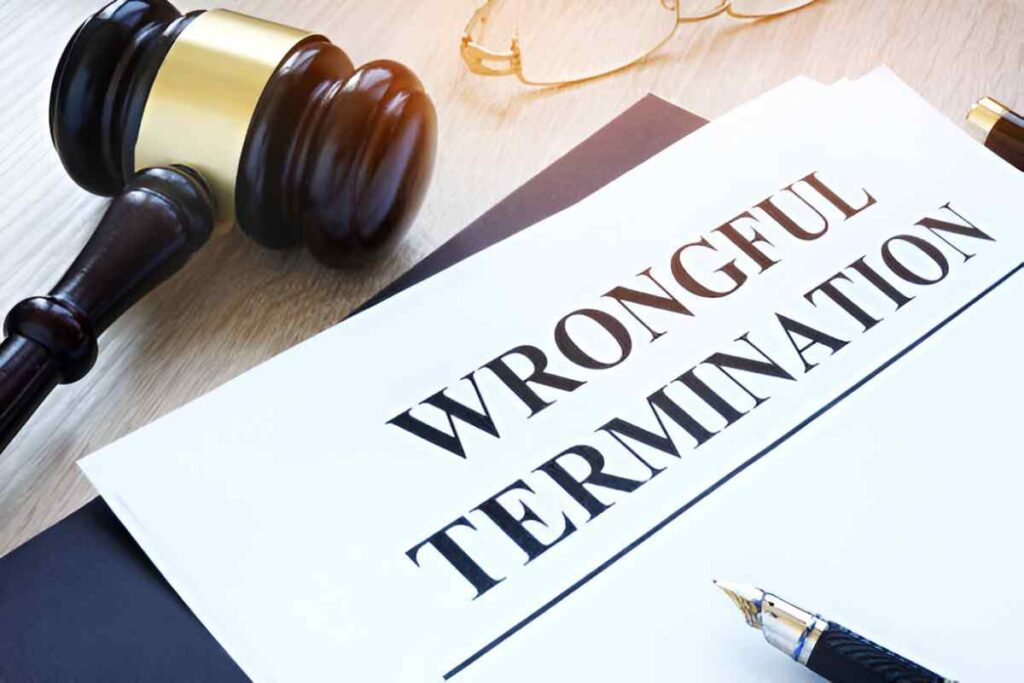In the field of law, contracts are considered essential tools that establish rights, duties, and obligations between parties. However, not all agreements are formalized with written documents or verbal consent. There is a category of agreements that operates without an express contract but still binds the parties involved. These agreements are known as quasi-contracts. In this article, I will explore the concept of quasi-contracts in-depth, providing definitions, examples, and an examination of their legal implications. I will also highlight relevant mathematical expressions where appropriate and illustrate concepts through tables to ensure clarity.
Table of Contents
What Are Quasi-Contracts?
A quasi-contract is not a contract in the traditional sense, but it resembles one in its effect. Quasi-contracts are imposed by the courts in situations where one party benefits at the expense of another, and it would be unjust for the benefiting party to retain that benefit without compensating the other party. Essentially, these legal constructs aim to prevent unjust enrichment, even in the absence of a formal agreement.
Quasi-contracts fall under the broader category of “implied-in-law contracts.” This means that the law assumes the existence of a contract even though no agreement was made by the parties involved. Unlike express contracts (which are formed by the clear, mutual agreement of the parties), quasi-contracts are based on fairness and justice, with the primary goal of preventing one party from unjustly benefiting from another’s loss.
Key Elements of a Quasi-Contract
To understand the full implications of a quasi-contract, it’s important to examine the essential elements that give rise to these contracts. The four key elements of a quasi-contract are:
- Benefit Conferred: One party must have conferred a benefit upon the other, meaning that one party has received something of value (e.g., services or goods).
- Knowledge of the Benefit: The receiving party must have knowledge of the benefit being conferred. This includes situations where the party receiving the benefit is aware that the other party is providing something for their benefit.
- Acceptance of the Benefit: The party receiving the benefit must accept it, either explicitly or implicitly. For example, if someone receives goods and uses them, this may be seen as accepting the benefit.
- Unjust Enrichment: It would be unjust for the receiving party to retain the benefit without compensating the party who provided it. This is the critical factor that distinguishes quasi-contracts from traditional contracts. The court steps in to prevent unfair advantage.
Examples of Quasi-Contracts
I will now provide several examples to illustrate how quasi-contracts operate in real-world scenarios.
Example 1: Emergency Medical Services
Suppose a person is unconscious and taken to the hospital. The hospital provides medical services, and the person benefits from these services. If the unconscious patient is unable to consent to the services, there is no formal agreement. However, the hospital can recover the costs for its services under a quasi-contract, as the patient has unjustly benefited from the medical care without agreeing to pay for it.
Example 2: Unrequested Services
Imagine that a contractor mistakenly repairs a neighbor’s roof. The contractor didn’t ask for permission but provided the service anyway. The neighbor benefits from the roof repair, and under a quasi-contract, the contractor can claim payment for the value of the service. The neighbor, having received the benefit, would be unjustly enriched if they didn’t compensate the contractor.
Example 3: Mistaken Payments
If a person accidentally pays money to a company for a service they never ordered, the company must return the money under a quasi-contract. The company benefits from receiving the payment without providing the service, and thus, it would be unjust for them to retain that payment.
Legal Implications of Quasi-Contracts
Quasi-contracts serve a critical role in ensuring fairness and equity in the legal system. They prevent situations where one party is unjustly enriched at the expense of another, ensuring that individuals are not wronged simply because no formal contract exists between them. The key legal implications of quasi-contracts can be summarized as follows:
- Restoration of Benefits: The primary remedy in a quasi-contract is the restoration of the benefit conferred. This could be through payment for services rendered, return of goods, or the equivalent in monetary value.
- Quantum Meruit: A common remedy in quasi-contracts is known as “quantum meruit,” which is Latin for “as much as he has deserved.” This legal principle ensures that a person receives compensation for the services rendered, even if no formal agreement existed.
- Quantum Valebat: This principle applies to situations involving goods or property, ensuring that the person who provided goods or property receives fair compensation for their value, even if no formal contract was agreed upon.
- Preventing Unjust Enrichment: Courts impose quasi-contracts primarily to avoid unjust enrichment. Without this legal tool, a person could enjoy the benefits of goods or services without having to pay for them.
Differences Between Quasi-Contracts and Actual Contracts
While quasi-contracts share similarities with regular contracts, they are fundamentally different. The key differences include:
| Aspect | Quasi-Contract | Actual Contract |
|---|---|---|
| Formation | Imposed by the law to prevent unjust enrichment | Formed by mutual agreement and consent of the parties |
| Consent | No mutual consent between parties | Requires consent from both parties |
| Remedy | Restitution or compensation for unjust enrichment | Specific performance, damages, or other contractually agreed remedies |
| Legal Basis | Imposed based on fairness and justice | Governed by contract law principles |
As seen in the table above, the formation of quasi-contracts is distinct from that of actual contracts. The critical difference lies in the absence of mutual consent or agreement in quasi-contracts, whereas in actual contracts, both parties agree to the terms and conditions.
Calculating Quasi-Contract Remedies
Let’s look at a mathematical example of how compensation may be calculated in a quasi-contract case.
Suppose a contractor repairs a fence for a neighbor without prior agreement, and the cost of materials is $500, with labor costing $300. The neighbor benefits from the repair but never agreed to pay for it. Under a quasi-contract, the contractor may seek to recover the cost of materials and labor.
The total compensation due would be:
\text{Total Compensation} = \text{Cost of Materials} + \text{Labor Costs} = 500 + 300 = 800Thus, the contractor is entitled to receive $800 from the neighbor to prevent unjust enrichment.
Quasi-Contract and the Legal System
In the US legal system, courts apply quasi-contract principles across a wide variety of cases. They are often invoked in situations where a formal contract does not exist but where the equitable principles of fairness demand that a remedy be provided. Courts will assess whether a party has unjustly benefited and, if so, what the appropriate remedy should be.
The general principle guiding courts is to focus on restoring fairness to the parties involved. Quasi-contracts are usually applied in civil law cases involving issues such as contracts for services, property disputes, and cases involving money or goods paid in error.
Conclusion
Quasi-contracts play a vital role in ensuring fairness in legal transactions, particularly when formal agreements are absent. By preventing unjust enrichment, quasi-contracts help maintain justice, even in situations where one party benefits without the explicit consent of the other. As we’ve seen through examples, mathematical calculations, and comparisons, the legal implications of quasi-contracts are significant in ensuring that justice is done, even in the absence of a formal agreement. By understanding these principles, individuals and businesses can better navigate situations where formal contracts may not be present but where fairness demands compensation for benefits conferred.





